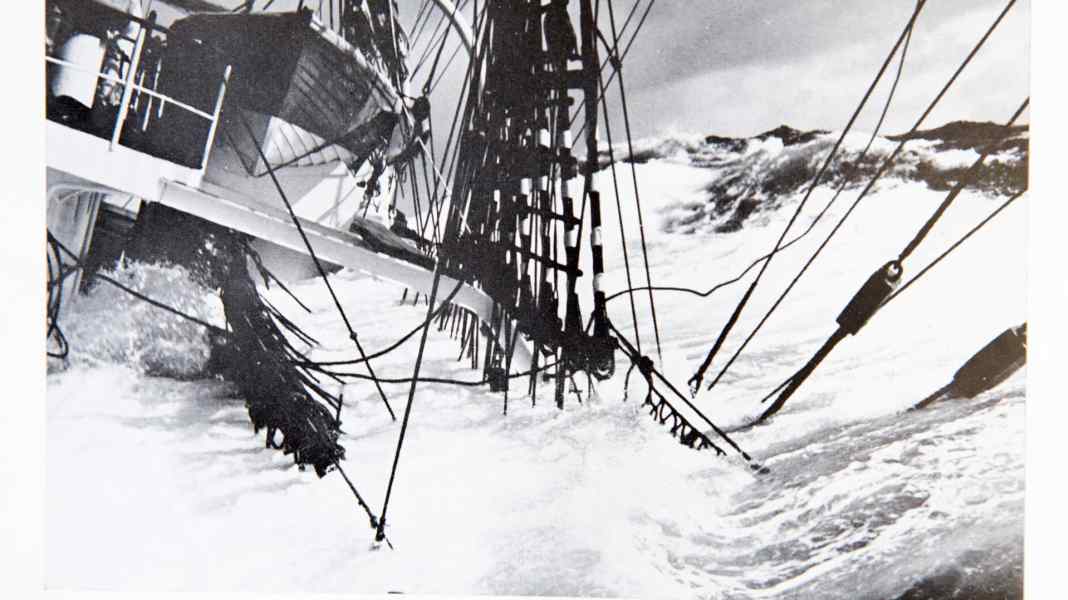
Wind, waves and currents can pass unhindered on their way around the earth at the southern end of America. Hurricanes, waves as high as houses and icy precipitation are the order of the day in this notorious sea area.
In the winter of 1905, the crew of the Hamburg full-rigged ship "Susanna" experienced the worst of it. For three months, they battled their way around the Cape through a never-ending series of storms, sometimes blowing from north-west 10-11, then from south-west 11-10. 80 of the 99 days of the rounding were dominated by storms, severe storms or gales.
The doomsday scenario reads like this in the diary of "Susanna" in telegram style: "Hurricane. High seas, persistent rain. Snow squalls. Wild sea... Huge masses of water coming over. Air temperature -1.0 to +4.0 degrees, water temperature 1.5 degrees, wind west 12, heading SE."
Seeking shelter on the Falkland Islands or taking the long diversions eastwards into the Pacific was out of the question for Captain Christian Simon Jürgens. More than two dozen other ships did the same during the harsh winter of 1905/06. Five ships ran aground or sank off Cape Horn that year, and at least four were lost.
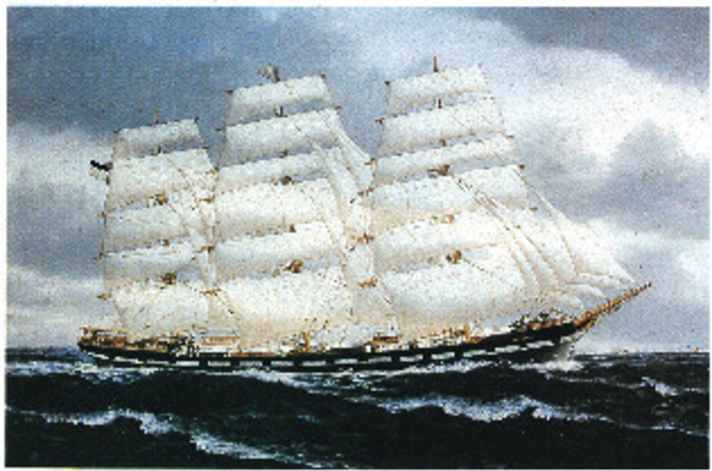
The "Susanna" makes it through. When, after three months of pounding on the spot, she finally reaches the 50th parallel and passes the cape, there is no land in sight; the crew believes that South America has sunk into the sea. In reality, an error in the chronometer had led them to a completely wrong longitude, causing a diversion of 500 nautical miles. The crew is ravaged by typhoid and scurvy, the rigging is dishevelled and shreds of sails are hanging from the upper yards when the "Susanna" drops anchor in the bay of Caleta Buena shortly before Christmas.
The danger is already lurking far outside
After sailing around the world for the first time on the barefoot route in 2009, Australian Ron Llwellyn, then 58 years old, now has just one big goal - to sail round Cape Horn once, and in the opposite direction. His "Sula", a Bruce Roberts 35, was given a thorough overhaul before the voyage: new sails, new standing and running rigging and a new self-steering system were to prepare her for the voyage in the stormy South Atlantic. It sets sail from Opua in New Zealand, some 5000 miles to Cape Horn.
He has only been at sea for twenty days when he is caught in a long-lasting weather inferno. His "Sula" was laid flat at sea several times. On the 48th day of the voyage, 375 miles off Cape Horn, he noted in his logbook: "I am receiving a severe weather report. An intense low-pressure system with 994 hectopascals, closely followed by another with 995 hectopascals, is heading towards me."
He turns round and wants to wait until the two systems have passed him and his "Sula". But they hit him with full force. The barometer drops to 889 hectopascals. Llewelyn describes: "Day 49. At the stroke of midnight, "Sula" is flattened by a huge, massive wave. I will never forget this sound and this immense force for the rest of my life. I'm pressed against the side of the boat and the boat continues to turn until I'm on the ceiling, which is painted with a rough, coarse paint with almost sharp edges, it really hurts. Capsized! The boat is now upside down in the water, my machete is stuck in the ceiling, everything seems to be at a standstill. I have doubts that it will right itself again. There's water everywhere, very cold water."
"Sula" straightens up again. On deck, however, the scene is one of devastation: the mast is broken, sheets and halyards are tangled and the sails are torn. Nevertheless, Ron Llwellyn does not want to declare a distress at sea, as he can already see the mountains of Patagonia. And at least the engine is still running and brings him safely to Bahia Cook.
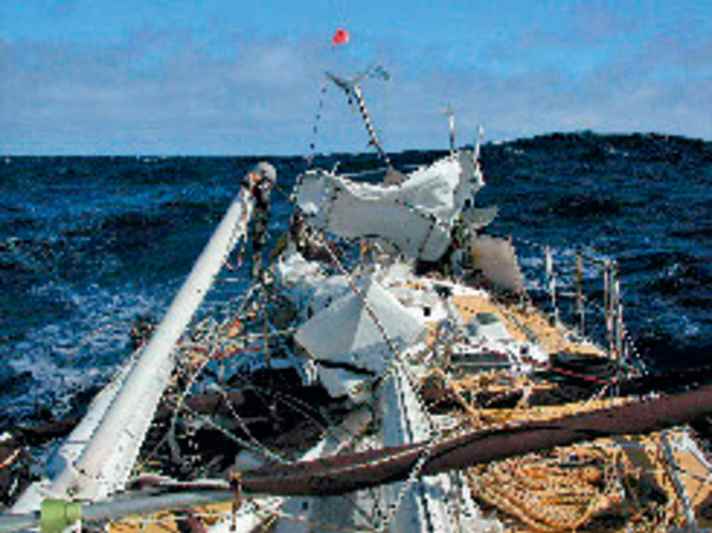
Cape Horn still lies ahead of him. Llwellyn cannot clear in in Chile, because then he would not be allowed to continue his journey. Only ships that are seaworthy according to Chilean naval law are allowed to do so. For a sailing boat, this means that it must have a mast that is rigged and not lying in two pieces on deck. The adventurer decides to stay under the radar and sail his dilapidated ship to Argentina. Around the cape. The weather and the engine were kind to him, and just three days after capsizing, he wrote only one sentence in his logbook about the passage through the notorious sea area: "I round the cape at 5.25 am."
Ellen MacArthur is similarly relaxed about the Cape - or simply exhausted? Never before has a person sailed from the English Channel to Cape Horn faster than the "little Englishwoman" in 2005 on her single-handed circumnavigation of the world. At this point, she had already completed two thirds of her journey and the harsh conditions of the Southern Ocean had taken their toll on her.
When her team calls her via satellite phone, she can barely speak. The skipper is a master of short naps and regenerates better in 15 minutes than other people after several hours of sleep. But at Cape Horn, she is simply tired. From the few words that reach her crew on land, it is clear that she was lying in her bunk when her trimaran "B&Q" crossed the meridian of Cape Horn. Spectacular is relative.
The passage is not always successful straight away
Once past the infamous Cape unscathed - that's quite enough for most circumnavigators. Especially if they are travelling single-handed and non-stop. But those who sail the magic eight around the world cannot avoid a second visit. The "double lap" around the world leads once around the Antarctic and then around the American continent. On this route, the ship crosses its own course south of the Cape. In 2019, the American Randall Reeves is travelling the magical route. It only takes him 110 days to round the Cape twice.
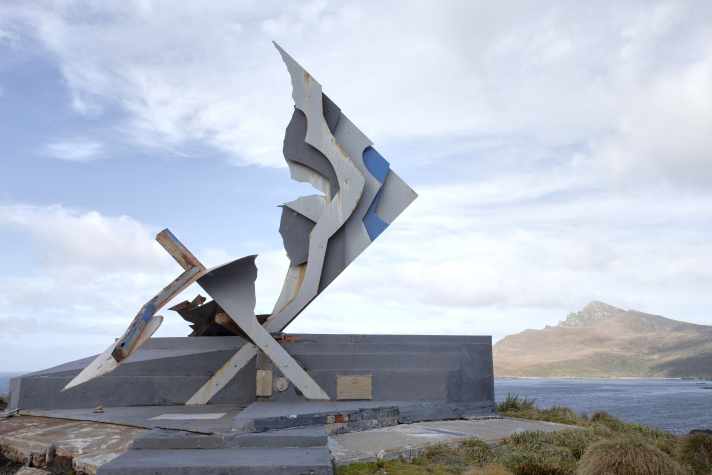
What Reeves manages to do twice in a short space of time, others are unable to achieve even after several attempts. The American Timm Corogan has completed long single-handed trips, including across the Atlantic to Europe or to the Galapagos Islands, without any problems. But whenever Cape Horn is on his route, things become difficult - as if a curse lies over his desire to round South America. Five attempts had already failed due to engine damage, knee and other problems when he tried again in 2012 - at the age of 84. But just 500 nautical miles south of Easter Island, the mast of his 36-year-old Westsail 32 breaks. "TLC" is her name, which stands for "tender loving care", for what old ships need. They sometimes show their owners the rough way. Corogan releases the Epirb and is recovered from his ship by a Japanese freighter in five metre high waves.
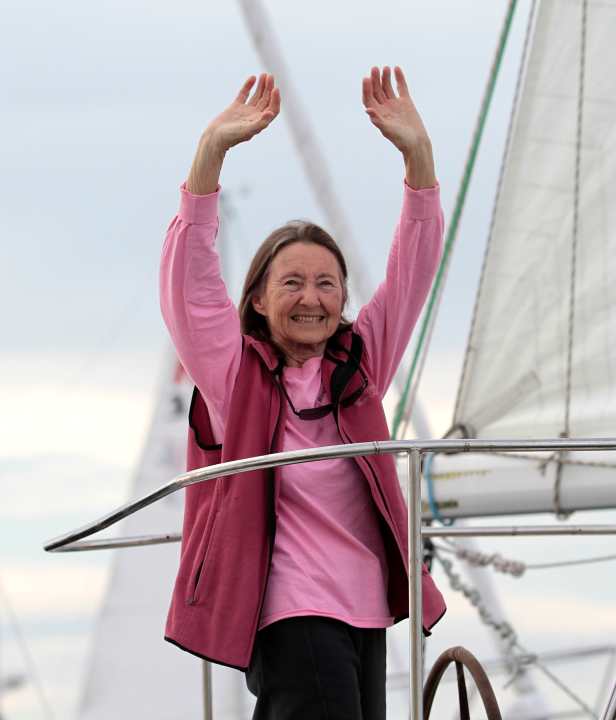
British sailor Jeanne Socrates also needs several attempts. In January 2011, her Najad 380 "Nereida" capsized around 180 nautical miles west of Cape Horn. She quickly righted herself and the skipper remained unharmed. However, the damage on board is so immense that it is initially impossible to continue the journey. The only thing she has left to propel her is the engine, but a line has become wrapped around her propeller during the capsize. Chilean fishermen finally come to her aid and remove the line.
Jeanne Socrates is able to sail to Ushuaia. Her attempt to become the oldest woman to circumnavigate the globe single-handed and non-stop ends with her capsizing. But she is not discouraged: After further failed attempts, including two in 2016 alone, she finally broke the record in 2019 - at the age of 77.

